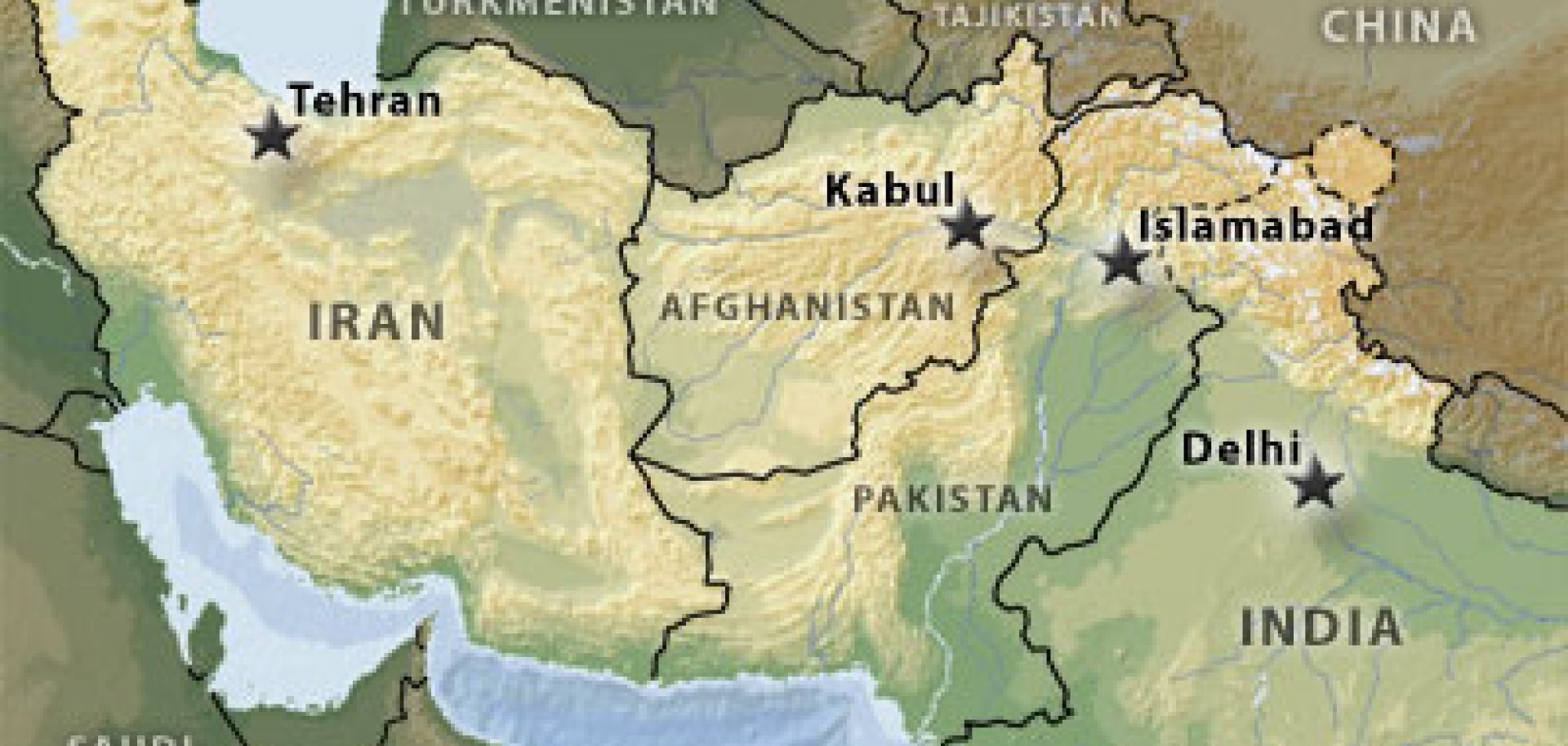Recent events have heightened tensions between Iran and Pakistan, with a missile strike in Balochistan sparking a diplomatic standoff. The alleged strike, condemned by the Pakistani government, has further strained relations between the two nations, potentially bringing them to the brink of conflict. As the world watches, concerns grow over the possibility of a larger regional confrontation.
Details of the Alleged Strike:
The Iranian missile strike targeted the headquarters of Jaish al-Adl, a group accused by Tehran of a previous attack that claimed the lives of a dozen Iranian police officers. While several Iranian news outlets reported the operation, no official statement has been issued by Iran. Pakistan, in response, expressed strong condemnation, citing civilian casualties and the violation of its sovereignty.
Pakistani Protest and Diplomatic Actions:
Islamabad announced its intention to lodge a protest with Tehran, labeling the missile strike as “unilateral action” with severe consequences. The Foreign Ministry in Islamabad criticized the violation of Pakistani airspace and the resulting civilian casualties, deeming it unacceptable. The Pakistani Foreign Ministry summoned the Iranian charge d’affaires to receive a protest note, emphasizing the blatant violation of sovereignty.
Complexities of Regional Dynamics:
The Balochistan region, situated near the Iranian border, witnessed reported explosions in the city of Panjgur. Iranian media claimed that precision strikes by the Islamic Revolutionary Guard Corps (IRGC) targeted key strongholds of Jaish al-Adl. These developments add complexity to an already delicate regional balance.
IRGC’s Recent Actions and Vows:
The IRGC’s recent ballistic missile and drone strikes in Iraq and Syria further contribute to the escalating tensions. Their vow to continue strikes until avenging past incidents, including the January 3 bombings in Kerman and the attack in Rask, underscores a commitment to retaliation.
Global Concerns and Potential Ramifications:
As these events unfold, the international community watches with growing concern. The potential for a broader conflict in the region raises alarms about the global implications of an Iran-Pakistan showdown. The need for diplomatic resolutions and coordinated efforts to combat terrorism becomes paramount.
Stocks to Watch Amid U.S. Military Expansion 🚀 Explore the potential winners: $LMT $NOC $BA $RTX $GD. 🔗 https://t.co/dycrgtVN4G … …
— LTN 🐝 (@Livetradingnews) January 16, 2024The situation between Iran and Pakistan has reached a critical juncture, with diplomatic protests, military actions, and escalating rhetoric. The international community awaits further developments, hoping for diplomatic solutions to prevail over potential military confrontations. The world watches closely, recognizing the significance of stability in this strategically important region.
The history of relations between Iran and Pakistan is marked by a nuanced interplay of geopolitical, religious, and strategic factors. While both nations share historical, cultural, and economic ties, their relationship has been punctuated by moments of cooperation and, at times, conflict. This narrative delves into the historical backdrop of the Iran-Pakistan relationship, exploring key events that have shaped their interactions.
Partition and Early Relations:
The establishment of Pakistan in 1947 and Iran’s recognition of the new state set the initial tone for diplomatic ties. The 1950s witnessed a strengthening of relations, with both countries joining the Central Treaty Organization (CENTO) and the Southeast Asia Treaty Organization (SEATO). However, tensions emerged in the 1960s due to Pakistan’s close association with the United States and Iran’s evolving ties with the Soviet Union.
1979 Iranian Revolution:
The Iranian Revolution in 1979, leading to the establishment of an Islamic Republic under Ayatollah Khomeini, brought ideological shifts that influenced Iran’s foreign policy. While this period saw an initial warming of relations with Pakistan, divergent geopolitical alignments strained ties, especially during the Soviet-Afghan War.
Afghanistan Conflict and Sectarian Tensions:
The 1980s Afghan conflict deepened the divergence in Iran-Pakistan relations. Iran opposed the Soviet invasion of Afghanistan, fostering closer ties with the Afghan resistance. In contrast, Pakistan played a pivotal role in supporting mujahideen fighters with U.S. assistance. The subsequent Taliban rule in Afghanistan further complicated the relationship, with Iran backing the Northern Alliance against the Taliban.
Sectarian tensions also surfaced, particularly regarding the treatment of Shia Muslims in Pakistan. Incidents of violence against the Shia minority strained relations and fueled suspicions.
Nuclear Concerns and Diplomatic Efforts:
The nuclear ambitions of both nations added another layer of complexity. Iran’s nuclear program and Pakistan’s nuclear tests in 1998 heightened regional security concerns. Despite these shared challenges, diplomatic initiatives such as the ECO (Economic Cooperation Organization) aimed at fostering economic cooperation and stability.
Balochistan and Border Issues:
In recent years, concerns have arisen over alleged Iranian involvement in Balochistan, supporting insurgent groups against the Pakistani government. Border skirmishes, including accusations of cross-border terrorism, have strained ties and led to sporadic clashes.
Economic Collaboration and Regional Dynamics:
Amidst these challenges, both nations have recognized the potential benefits of economic collaboration. Initiatives such as the Iran-Pakistan gas pipeline and the development of the Gwadar port underscore attempts to strengthen economic ties.
The history of Iran-Pakistan relations is a tapestry of cooperation, rivalry, and diplomatic efforts. The complexity stems from a combination of historical factors, geopolitical shifts, and regional dynamics. As both nations navigate contemporary challenges, diplomatic initiatives and dialogue remain crucial for fostering stability and strengthening ties in the ever-evolving geopolitical landscape.
Shayne Heffernan









